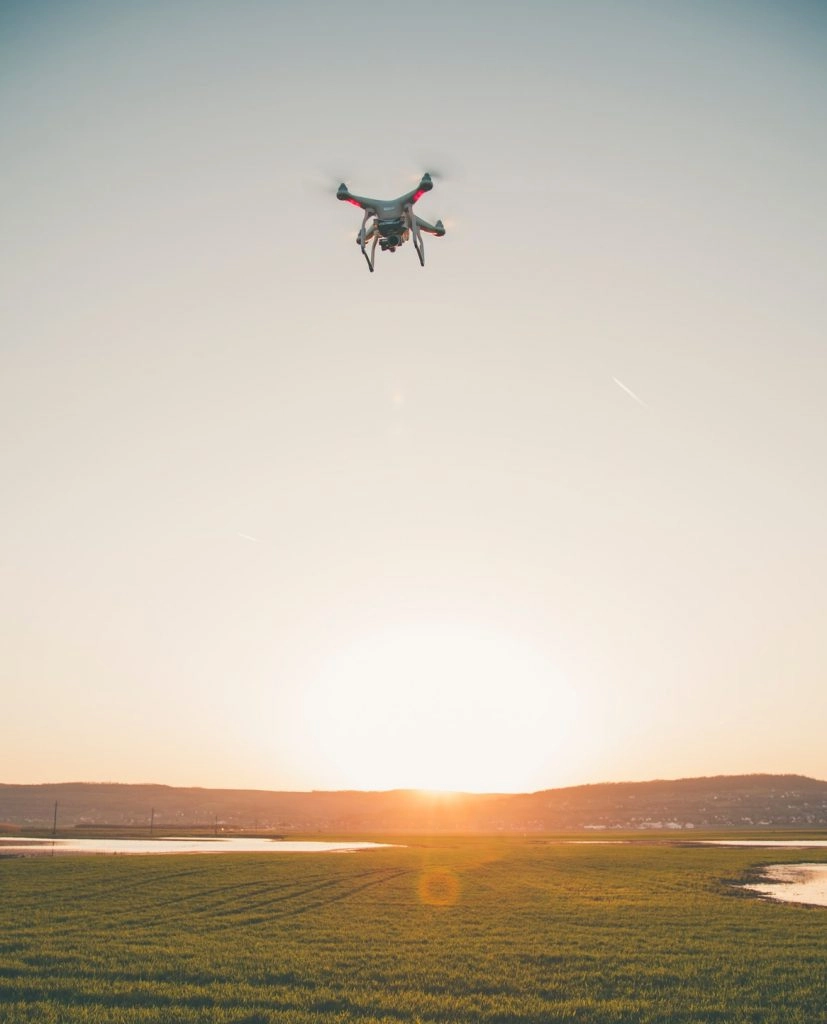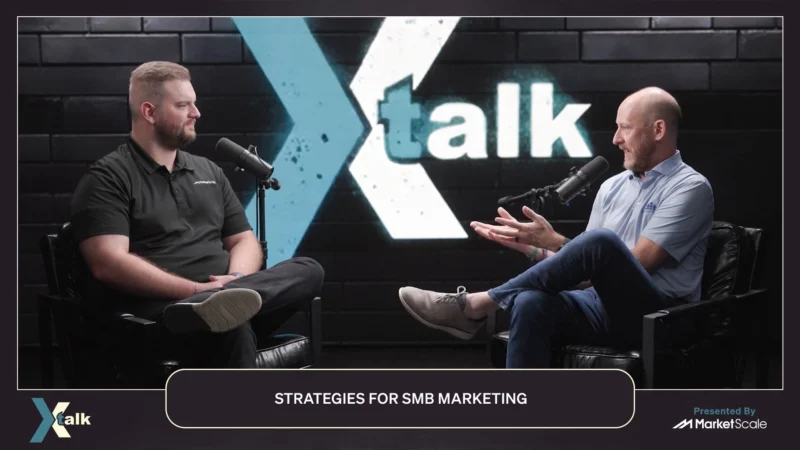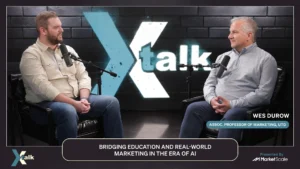Breaking Down the Big Questions in the Drone Industry at Commercial UAV Expo
Commercial UAV Expo Americas is one of the largest events in the drone industry each year. With the 2019 edition of the conference kicking off this week at the Westgate Las Vegas Resort and Casino, MarketScale wanted to gauge the pulse of the industry through the lens of the event’s attendees.
With more than 2,500 drone industry professionals in attendance this year, there are plenty of perspectives and opinions on the pressing topics facing the UAV sector today.
If you are in attendance at Commercial UAV Expo Americas this week and have thoughts on any of the questions below, submit your answers to publications@marketscale.com.
Which industry do you think has the most untapped potential for drone use?
Douglas Spotted Eagle, Director of Education/Training Programming, Sundance Media Group: Construction and insurance are two of the largest avenues of access for sUAS use. The cases studies are beginning to come forward, cost/benefit/ROI being realized, and small construction companies are seeing the value. This extends to pre-construction survey teams and property development firms.

Michael Blades, Vice President, Frost & Sullivan: I think the industry that answers both of the previous questions is the energy industry — oil, gas, and renewables. This area has seen an acceleration in drone adoption, and interest, which was evidenced by the amazing growth of the Drone Energy Summit in Houston this year. This industry will continue to see the rapid adoption of drones for three reasons: first, many of the applications can be done via Part 107 with no waivers; second, because the ROI is so large and relatively simple to describe/explain to customers both large and small; and lastly, because there is so much interest from industry, there are many companies working to develop technologies/solutions that can solve niche problems in the industry (like interior inspections with drones from Flyability and Digital Aerolus or leak detection sensors by companies like FLIR).
What is the biggest challenge facing the drone industry today?
Spotted Eagle: Lack of regulatory enforcement, lack of regulatory understanding, and lack of information into the general industry. The FAA programs have been very fast in inception, but slow to explain to the general public. BVLOS is also an understandable challenge, yet as Remote ID moves forward, will become less so.
What is the biggest misconception about the drone industry?
Spotted Eagle: The large investment firms and industry consultants created a false sense of financial security for VCs, driven in great part by industry pundits and organizations. There are still those believing that sUAS will be a 50B industry in 2020 because a major investment house said so, due to misplaced due diligence, and a lack of understanding of the regulatory process. sUAS is a fast-growing industry, but as an industry whole, we did a terrible job of pushing back against the somewhat absurd forecasts, some of which continues even today.
Blades: That regulations are holding the industry back. While this is true to a degree, it is also true that MANY applications can be accomplished within the confines of Part 107 and the relatively easy to obtain night operations waivers. Solutions providers should be concentrating on how to best demonstrate and/or explain the benefits of drone use to corporate decision makers in the language they speak whether it’s ROI, increases in safety, manpower savings, etc. This approach is slowly improving and the services/solutions providers that can bridge the gap between how to conduct beneficial drone operations and how to best present the resulting benefits to C-suite executives will gain distinct advantages over competitors.
How can the industry do a better job going forward?
Spotted Eagle: Standardize with a standard organization that has consistency, safety, best practices for flight, data management, risk management, implementation standards by vertical application, focused on technology of today and forward-looking into tomorrow. Non-sUAS organizations such as CompTIA with their background in IT, or perhaps guidance from other large data standard organizations would provide standards, protocols/practices that would benefit our industry as a whole. Developing certification processes that are consistent with organizations such as ISO are of a significant benefit. Currently we see a large crop of ‘certifying bodies’ that have no background in aviation examination, histories of certification and oversight, and inwardly-focused programs that are not truly for the industry, but for the certificate provider.
Why do you believe drones will prove to be a useful business tool?
Spotted Eagle: We once accepted “Better, faster, cheaper; pick two” as a business mantra. sUAS are “Better, Faster, Cheaper, SAFER; pick FOUR.” sUAS reduce risks to human resources, provide safer, less intrusive access, generally greater improvement to data access/consistency, all in use cycles that are far more efficient than any human can provide. From delivery to taxi, inspection to public safety, post-disaster to film production, sUAS provide benefit in nearly every human-driven activity.
What has been the biggest breakthrough for the drone industry in the past year?
Spotted Eagle: In my view, LAANC is the undisputed winner of techno-breakthrough in the sUAS industry. LAANC has allowed significantly faster access to many airspaces that previously required weeks, even months to obtain approvals. It has reduced the time-cost factor in planning for operations, and allowed pilots consistent access to planned missions working within the client’s schedule, rather than a hoped-for FAA schedule that frequently failed pilots and reasonable timelines.

Blades: I think there have been two interesting “breakthroughs” evidenced by a few companies. One is the advancement of autonomous flight tech in the Skydio 2. The other is the increase in multi-rotor flight time using all electric propulsion as evidenced by the Impossible Aero (which was actually in 2018) and Terraview product releases.
Has federal regulation or lack thereof been a hindrance to the industry?
Spotted Eagle: I do not believe regulation has been a hindrance. While many not familiar with the history of aviation might disagree, the standards of regulation have moved forward relatively quickly. I do feel that the FAA has done a poor job of informing their own agencies via the FSDOs of regulatory changes, opportunities, and operational standards, but this is a challenge the local FSDOs have taken on their own, despite failures of the FAA.
The hindrances in my opinion, stem from a lack of standards awareness on the part of the federal government with regard to challenges brought forward via info security/data security. Additionally, until we have a cohesive, consistent operational program for Counter-UAS, federal regulation will remain difficult to enforce and from which, protect the general public from threats related to sUAS.








